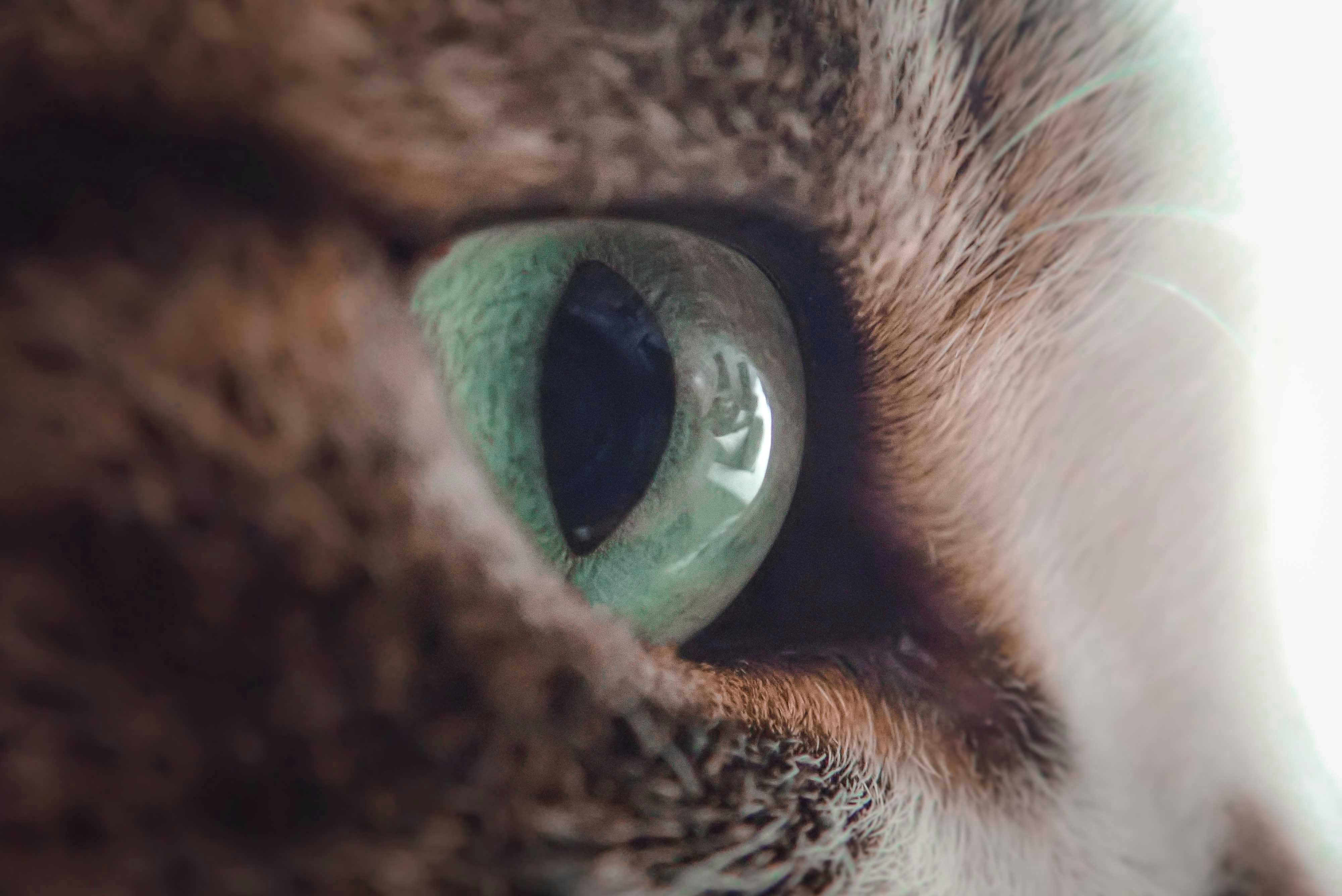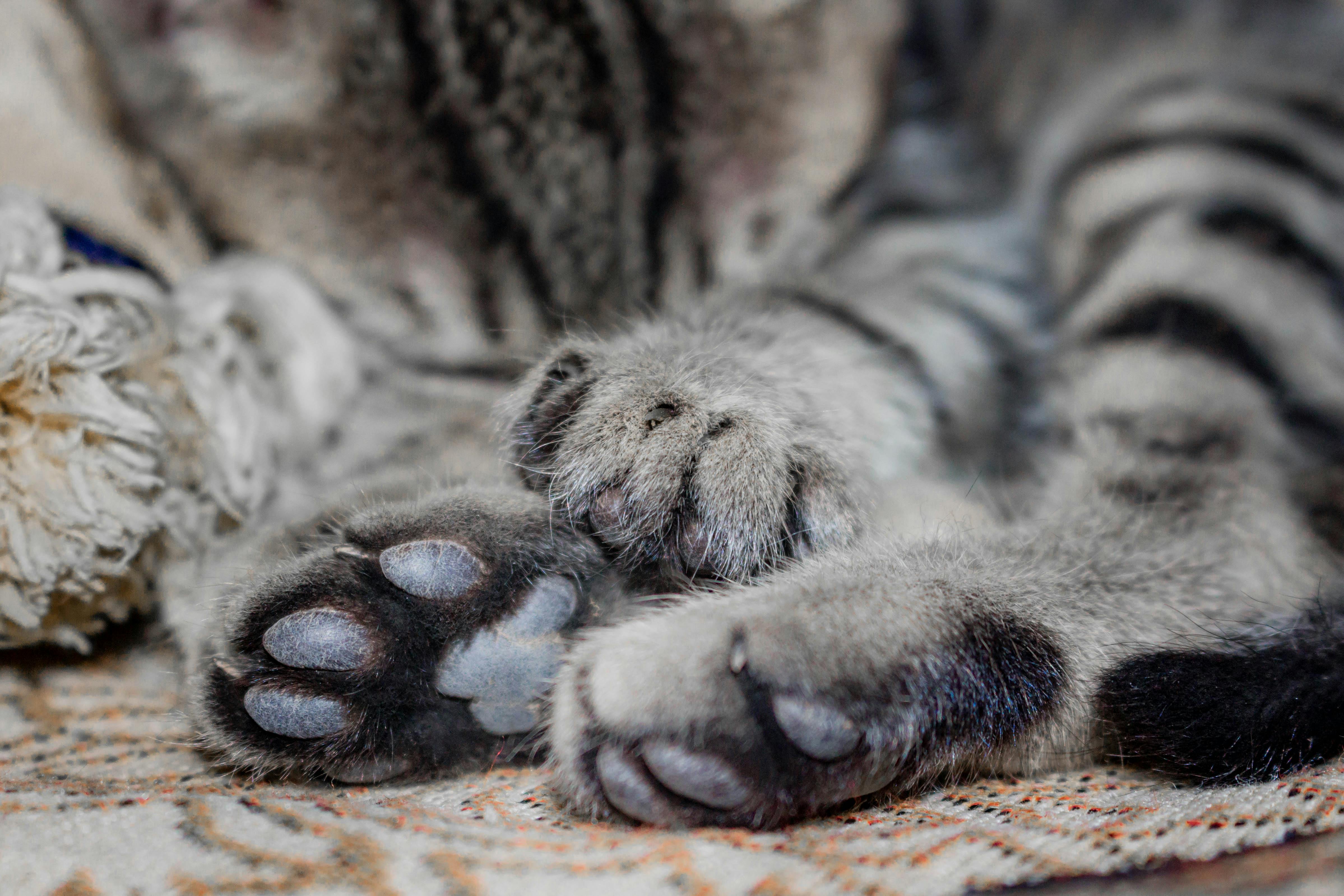The list of fabrics available on the market is endless. What are the most popular fabrics and why? Versatility, durability and ease of care are some of the reasons. Read on for a list of the world’s most popular textiles, their uses and care, and why they’re so sought after.
1. Cotton leads the pack as the world’s most popular fabric. It is a natural fiber from the cotton plant and is versatile and easy to care for. Cotton has been cultivated for over 7,000 years and only increases in popularity as time goes on. It is often blended with other fibers to create garments that last longer and wash better. Common cotton fabrics include denim, gingham, canvas, and broadcloth. Cotton can absorb up to 27 times its own weight in water; it is machine washable and can withstand high temperatures; picks up and holds stain color easily; and it is strong and durable. Cotton can be used to make shirts, dresses, skirts, pants, jackets, children’s clothing, curtains, and other window treatments.
2. Linen, made from the fibers of the flax plant, has been coveted for many thousands of years. Linen has always been a symbol of purity and wealth. Produced in small quantities, this luxurious fabric is prized for its coolness and coolness in hot weather and its remarkable ease of care. Linen is a strong, cool fabric that doesn’t stick to the skin and is two to three times stronger than cotton. Linen can absorb moisture without feeling damp. If a warm breeze blows on a linen skirt or dress, it will return to your skin cool to the touch. High-quality bed linen is free of slubs (those little knots along the length of the fabric) and features an evenly soft texture that is beautiful to the touch. Linen can be used in home decor and clothing for men and women, including skirts, dresses, blouses, and shirts. The bedding can be dry cleaned, machine washed or steam washed. It can be hung to dry and left with a slightly wrinkled appearance which is part of the fabric’s charm.
3. Polyester is a popular synthetic fabric that has many advantages over its natural counterparts. While many perceive synthetic clothing in general to have a less natural feel, polyester offers better wrinkle resistance, durability, and machine washability. Polyester is often blended with other yarns to create wonderful fabrics that combine the benefits of both textiles, such as dressy uniform fabrics and professional wear. Synthetic fibers can also create materials with superior water, wind, and environmental resistance compared to plant-derived fibers.
4. Wool fiber comes from sheep and other animals such as cashmere and mohair from goats and angora from rabbits. Wool is bulkier than other fabrics and retains heat well, making it perfect for cold weather. Wool is generally specified for garments for firefighters, soldiers, and others in occupations where they are exposed to the likelihood of fire because it ignites at a higher temperature than cotton or other fabrics. Wool is resistant to static electricity, so woolen garments are much less likely to spark or cling to the body. Australia is the main producer of wool, especially high-quality Merino wool from the sheep of the same name. The wool can be used in high-quality suits and various types of clothing and outerwear for men and women.
5. Leather is a flexible and durable material created when the skin of animals is transformed through a process called tanning. Most leather today is chrome-tanned, a process discovered in 1858. Chrome tanning is more supple and malleable than vegetable-tanned leather, and it doesn’t discolor or lose shape as drastically in water as vegetable-tanned leather . Most leather is made from cowhide, but many other types of leather are available, including suede, aniline, Corinthian, and patent leather. Leather is a versatile material that can be used in upholstery and clothing, including automotive interiors, furniture coverings, skirts, pants, jackets, shoes, bags, and other accessories.




